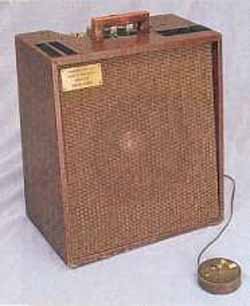After last weeks enlightening video on loudness processing, we are getting deeper into modern recording technology right now!
The dices fell a couple of years ago, but there’s still some discussion on this topic (started at Wired). I must say that digital recording and especially the processing of digital audio have developed a great deal in the right direction. If all that is written in the linked MOG entry is true and profound, than why are there one bit recorders becoming affordable?
I recently hooked up my turntable again, and after a break of more than six months, only listening to digital audio (CDs are digital audio too, in case you didn’t know), I must tell you that listening to music reproduced in an unbroken analog chain is like a warm shower. I read that 1 bit recorders are able to reproduce that, by not having a sampling rate, which is usually about twice the frequency we are able to here, in consumer products/files. Talking about dices.
However, I believe people rate a good tune higher than audio-fidelity. They listen to the lady on the phone, not the phone. I take it as a compliment as composer, and an inspiration as a sound engineer.
